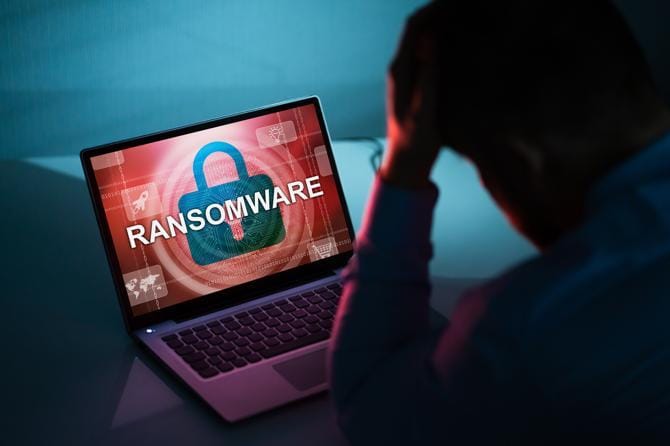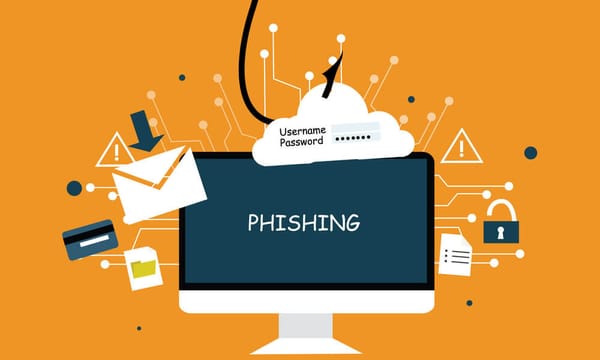Ransomware in 2025: Detection, Containment and Post-Incident Analysis

Ransomware remains one of the most disruptive cyber threats affecting organizations across all industries. In 2025, attackers have adopted more sophisticated tactics, combining stealthy persistence, data exfiltration, and extortion campaigns targeting sensitive assets and backups.
This article offers a deep dive into how organizations can detect ransomware early, contain its impact, and conduct thorough post-incident analysis to avoid repeat attacks.
The Evolving Ransomware Threat Landscape
Modern ransomware attacks go far beyond file encryption. Today’s threat actors often:
- Move laterally inside the network using pass-the-hash or LSASS dumping
- Disable endpoint protection and backups
- Steal data before encryption (double extortion)
- Trigger attacks during weekends or holidays for maximum impact
To combat these threats, real-time detection and SOC-level response are now mandatory.
🔗 Learn more about attacker techniques:
- Pass-the-Hash Attacks Explained
- Dumping LSASS for Credential Extraction
- Red Team Techniques Used in Enterprise Intrusions
Early Detection: Spotting Ransomware Before It Executes
Advanced ransomware detection relies on identifying precursor behavior, such as:
- Unusual PowerShell or WMI execution
- Sudden mass encryption of files
- Suspicious network connections to C2 infrastructure
- Unauthorized changes to Active Directory or Group Policy
Use tools like SIEM and EDR/XDR platforms, integrated with Threat Intelligence and custom rules.
🔗 For detection tips and threat hunting:
Containment and Incident Response
Once ransomware activity is detected, rapid containment is critical.
Key containment actions:
- Isolate infected hosts immediately from the network
- Disable affected user accounts and rotate credentials
- Stop propagation through file shares or domain controllers
- Disable scheduled tasks and malicious services
Live forensics must be performed quickly, without tipping off the attacker if persistence is suspected.
🔗 Learn how a strong SOC improves containment:
Post-Incident Analysis: Lessons and Recovery
After containment, post-incident analysis helps rebuild and harden systems:
- Investigate the initial vector: phishing, unpatched services, or leaked credentials
- Analyze lateral movement paths and persistence mechanisms
- Verify data exfiltration and check for signs of backdoors
- Rebuild systems from known-good images; never trust decrypted backups
Include all findings in a lessons-learned report, and update detection rules and awareness training accordingly.
🔗 Related articles:
- Data Breaches and How to Check for Leaks
- PingCastle: Active Directory Weakness Audit
- Windows Server Ransomware Mitigation
Ransomware Defense in 2025 Requires Resilience
Preventing ransomware is not only about patching and antivirus. It’s about visibility, fast response, and organizational resilience:
- Implement network segmentation
- Monitor for malicious behavior patterns
- Train staff on phishing awareness
- Develop and test incident response plans regularly
With ransomware-as-a-service (RaaS) thriving, assume compromise and prepare accordingly.




